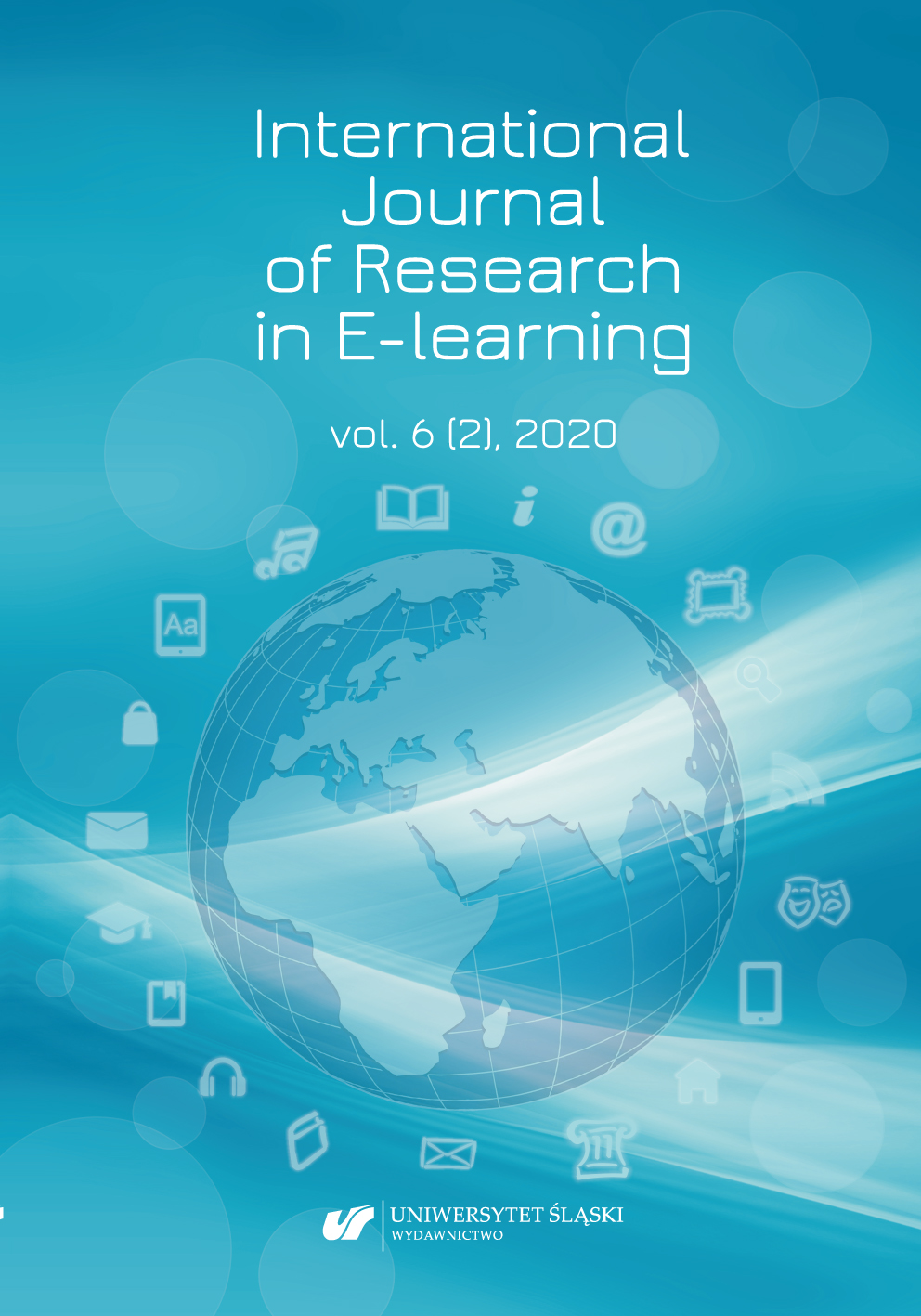Armbrust, M. et al. (2009). Above the Clouds: A Berkeley View of Cloud Computing. Technical Report No. UCB/ EECS-2009-28, University of California, Berkley.
Google Scholar
Brandao, P. (2019). Forensics and digital criminal investigation challenges in cloud computing and virtualization. American Journal of Networks and Communications, 8(1), 23–31.
Google Scholar
Carlyle, H. (2016). HPC Cloud, em Cloud Computing technology – IEEE. CSIAC. Retrieved from https://www.csiac.org (accessed 30 July 2020).
Google Scholar
Maskare, P.R., & Sulke, S.R. (2014). Review paper on e-learning sing cloud computing, International Journal of Computer Science and Mobile Computing, 3(5), 1281–1287.
Google Scholar
Mell, T., & Gance, T. (2011). The NIST definition of Cloud Computing. NIST. Retrieved from https://nvlpubs.nist.gov/nistpubs/Legacy/SP/nistspecialpublication800-145.pdf
Google Scholar
Microsoft (2020). DevOps. Retrieved from https://docs.microsoft.com/en-us/learn/modules/host-a-web-app-with-azure-app-service/3-exercise-create-a-web-app-in-the-azure-portal?pivots=csharp
Google Scholar
Mohammed, F. (2014). Cloud computing utilization for e-learning. International Journal of Scientific & Technology Research, 3(3), 385–390.
Google Scholar
National Institute of Standards and Technology (2020). Cloud computing definition. Retrieved from https://www.nist.gov/publications/nist-definition-cloud-computing (accessed 30 July 2020)
Google Scholar
Page, G. (2012). Cloud computing in cloud computing. Cisco Press. Retrieved from https://ptgmedia.pearsoncmg.com/images/9781587204340/samplepages/1587204347.pdf
Google Scholar
Patel, M., & Chaube, A. R. (2014). Literature review of recent research on cloud computing in education. International Journal of Research, 1, 887–897.
Google Scholar
Riahi, G. (2015). E-learning system based on cloud computing. Procedia Computer Science, 62, 352–359.
Google Scholar
Soundarjan, G. (2015). Online data migration for automic provisioning of databases in dynamic content web servers.” In CASCON ‘05: Proceedings of the 2005 conference of the Centre for Advanced Studies on Collaborative research (pp. 268–282). IBM Press. IBM.
Google Scholar
Viswanath, D., Kusuma, S., & Gupta, S. K. (2012). Cloud computing issues and benefits modern education. Global Journal of Computer Science and Technology & Ditributed, 12(10). Retrieved from https://computerresearch.org/index.php/computer/article/view/508
Google Scholar
Voorluys, J., Bromberg, J., & Buyya R. (2011). Introduction to cloud computing. In R. Buyya, J. Broberg, & A. Goscinski (Eds.), Cloud Computing – Principles and Paradigms. John Wiley & Dons, Hoboken. https://doi.org/10.1002/9780470940105.ch1
Google Scholar


 https://doi.org/10.31261/IJREL.2020.6.2.04
https://doi.org/10.31261/IJREL.2020.6.2.04
